News
EPJ A Highlight - Prompt x-rays emitted in neutron-induced fission help unveil the evolution of fission fragment charge yields as a function of incident neutron energy
- Details
- Published on 17 September 2013

Nuclear fission is accompanied by the prompt emission of neutrons, gamma rays and x-rays. It has been known since the sixties that fission prompt x-rays originate essentially as a consequence of the internal conversions occurring in the prompt gamma deexcitation cascades of fission fragments.
This work presents for the first time a measurement of the prompt fission x-ray yields in 238U(n,f) for average incident neutron energies ranging from 3 to 200 MeV. These results provide new information on fission fragment deexcitation and allow testing the current knowledge of fission fragment nuclear structure. These results provide also a means to investigate the evolution, as a function of incident neutron energy, of fission fragment charge yields and elemental prompt x-ray emission probabilities.
EPJ D Highlight - Pulsating dust cloud dynamics modelled
- Details
- Published on 17 September 2013
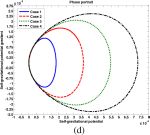
New research outlines a new design of spatio-temporal models of astrophysical plasmas
The birth of stars is an event that eludes intuitive understanding. It is the collapse of dense molecular clouds under their own weight that offers the best sites of star formation. Now, Pralay Kumar Karmakar from the Department of Physics at Tezpur University, Assam province, India, and his student have proposed a new model for investigating molecular clouds fluctuations at sites of star formation and thus study their pulsational dynamics, in a paper just published in EPJ D.
EPJ B Highlight - Atom-based analogues to electronic devices
- Details
- Published on 06 September 2013
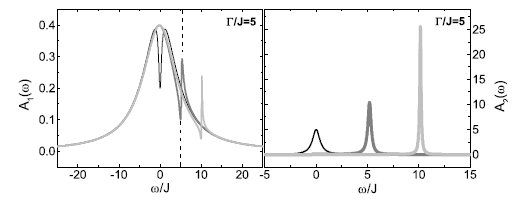
New research gives a theoretical explanation as to how transport of single atoms is made possible through a chain of quantum dots
Scientists have pushed back the boundaries of atom-based transport, creating a current by charac-terising the many-body effects in the transport of the atoms along a periodic lattice. This work by Anton Ivanov and colleagues from the Institute for Theoretical Physics, at the University of Heidel-berg, Germany, adopted a new analytical approach before comparing it to approximate numerical simulations, and is reported in a paper recently published in EPJ B.
EPJE news: Julia Yeomans awarded the EPJE P.-G. De Gennes lecture prize
- Details
- Published on 02 September 2013
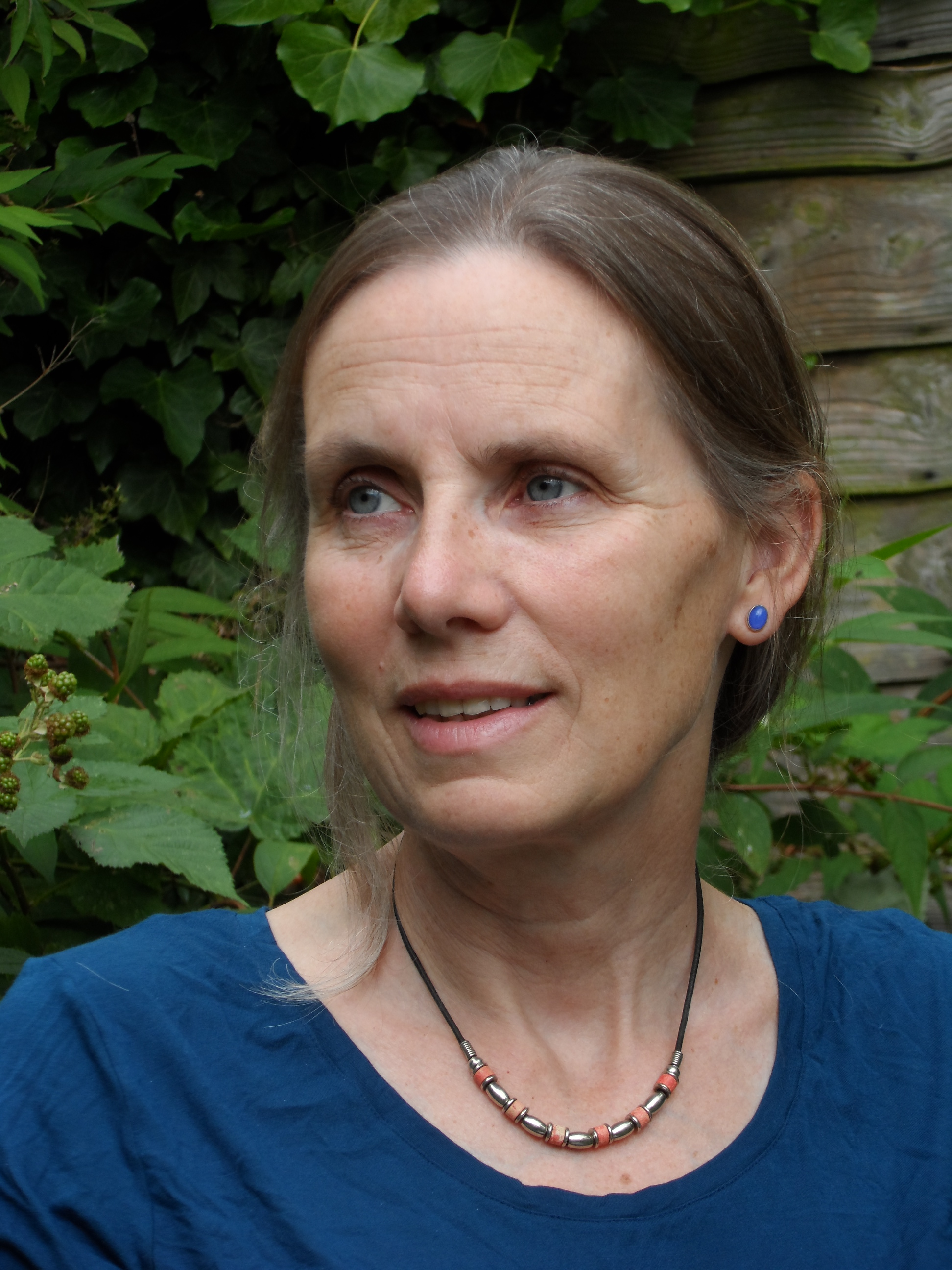
The 2013 edition of the EPJE Pierre Gilles De Gennes prize has been awarded by the EPJE editors to Professor Julia Yeomans of the University of Oxford, UK. This initiative of the European Physical Journal E - Soft Matter and Biological Physics takes the name from the illustrious Nobel laureate who founded the journal.
Professor Yeomans has been nominated for her profound contribution to the study of the dynamical behaviour of complex and active liquids in confined geometries. She is an expert in theoretical and computational physics, particularly statistical physics, hydrodynamics, soft condensed matter and biological physics. Among her current research interests are microswimmers, active systems, liquid crystals and the interactions of fluids with structured surfaces.
EPJ D Highlight - Novel beams made of twisted atoms
- Details
- Published on 01 August 2013
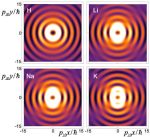
Scientists can now theoretically construct atomic beams of a particular kind, opening the door for applications in fields like quantum communication.
Physicists have, for the first time, now built a theoretical construct of beams made of twisted atoms. These findings are about to be published in EPJ D by Armen Hayrapetyan and colleagues at Ruprecht-Karls-University Heidelberg in Germany. These so-called atomic Bessel beams can, in principle, have potential applications in quantum communication as well as in atomic and nuclear processes.
EPJ A Highlight - Dissecting Deuteron Compton Scattering I: The Observables with Polarised Initial States
- Details
- Published on 01 August 2013
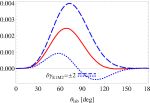
The electromagnetic polarisabilities of the nucleons characterise their responses to external fields. The simplest are the electric and magnetic polarisabilities that describe the induced dipole moments. For spin-1/2 particles there are also four spin polarisabilities, analogous to rotations of the polarisation of light by optically active media. The best experimental window on them is Compton scattering of photons, which has provided good determinations of the electric and magnetic polarisabilities of the proton. Future experiments with polarised protons will give access to its spin polarisabilities. In contrast, much less is known of about the neutron since it does not exist as a stable target. Nonetheless, its properties can be obtained from Compton scattering on light nuclei, most notably the deuteron -- a weakly bound proton and neutron. A new generation of experiments is planned to provide beams of polarised photons on targets of polarised deuterons. If the spins of the final particles are not observed, there are 18 independent observables. This work provides, for the first time, the complete set of these, which will be needed for the experimental analyses. More importantly, it also examines their sensitivities to the various polarisabilities, which will be crucial for the design of the experiments.
EPJ B Highlight - Studying emotions causing opinions to change
- Details
- Published on 30 July 2013
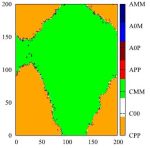
Physicists can use their tools to help understand how, in real life, opinions form and change by modelling the complex interactions between information and emotion
Social phenomena fascinate with their complexity, but are not easily understood. Pawel Sobkowicz, an independent researcher based in Warsaw, Poland, has developed a model to study the dynamic of standard people, called ‘agents’, and their response to a given piece of information, depending on their emotional state. In a study just published in EPJ B, the author shows that opinion dynamics differ depending on whether the agent is agitated or not.
EPJ E Highlight - Protein surfaces defects as drug targets
- Details
- Published on 30 July 2013
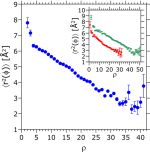
Drug designers now have a new way of designing drug candidates suitable for dislodging unstable water molecules located in the defects at the surface of target proteins
New research shows a physical characterisation of the interface of the body’s proteins with water. Identifying the locations where is it easiest to remove water from the interface of target proteins could constitute a novel drug design strategy. The candidate drugs would need to be engineered to bind at the site of the protein where interfacial water is most easily dislodged. These findings, based on the work of María Belén Sierra from the National University of the South, in Bahia Blanca, Argentina and colleagues, recently published in EPJ E.
EPJ E Highlight - Heterogeneous nanoblocks give polymers an edge
- Details
- Published on 30 July 2013
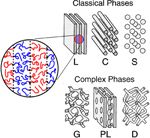
Study uncovers the effects of size variation in nanoscale blocks used in polymer mixes on their underlying architecture and inherent characteristics
Building structures by mixing lego bricks of two different sizes is child’s play. However, studying polymers endowed with an alternating nanostructure made of heterogeneous blocks is anything but straightforward. Theoretical physicist Mark Matsen, based at the University of Reading, UK, studies polymer mixes consisting of two-fold (AB) and three-fold (BAB) combinations of two types of nanoscale blocks. He has shown, in a study published in EPJ E, that the underlying heterogeneity of the blocks can cause polymers to switch to different nanoscale patterns and therefore display different properties. Numerous applications based on etching patterns on substrates, such as electronics, computer chips, and membranes endowed with a specific function, can benefit from such research.
EPJ E Highlight - Cells move as concentration shifts
- Details
- Published on 23 July 2013
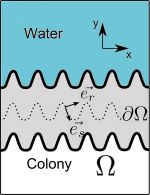
Sheets of biological cells move along the organs they cover by altering the external concentrations of specific molecules, thanks to an absorption mechanism on the cells’ surface
What do wound healing, cancer metastasis, and bacteria colonies have in common? They all involve the collective displacement of biological cells. New research sheds some new light on the physical mechanisms provoking the displacement of a sheet of cell, known as an epithelium. It typically covers our organs including the stomach and intestine, as well as our epidermis. In a paper which appeared in EPJ E, Martine Ben Amar from Pierre and Marie Curie University in Paris explains the importance of understanding the displacement of the epithelium as a means of influencing the biological process involved in healing. And, ultimately, of helping to minimise scars.





